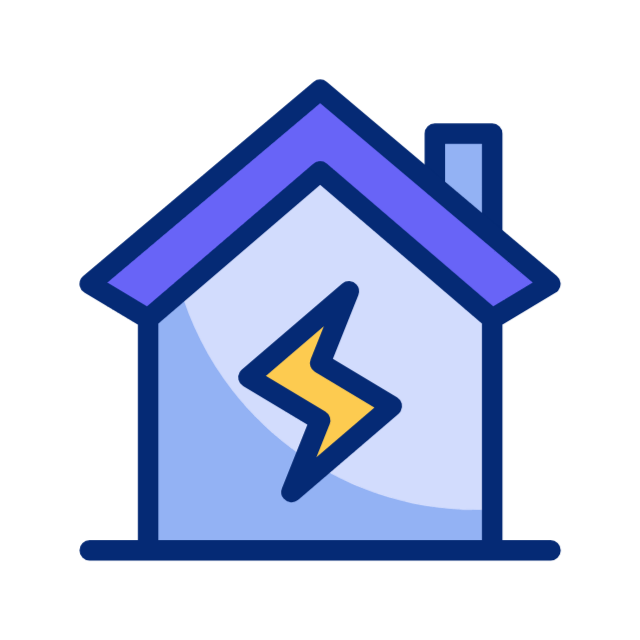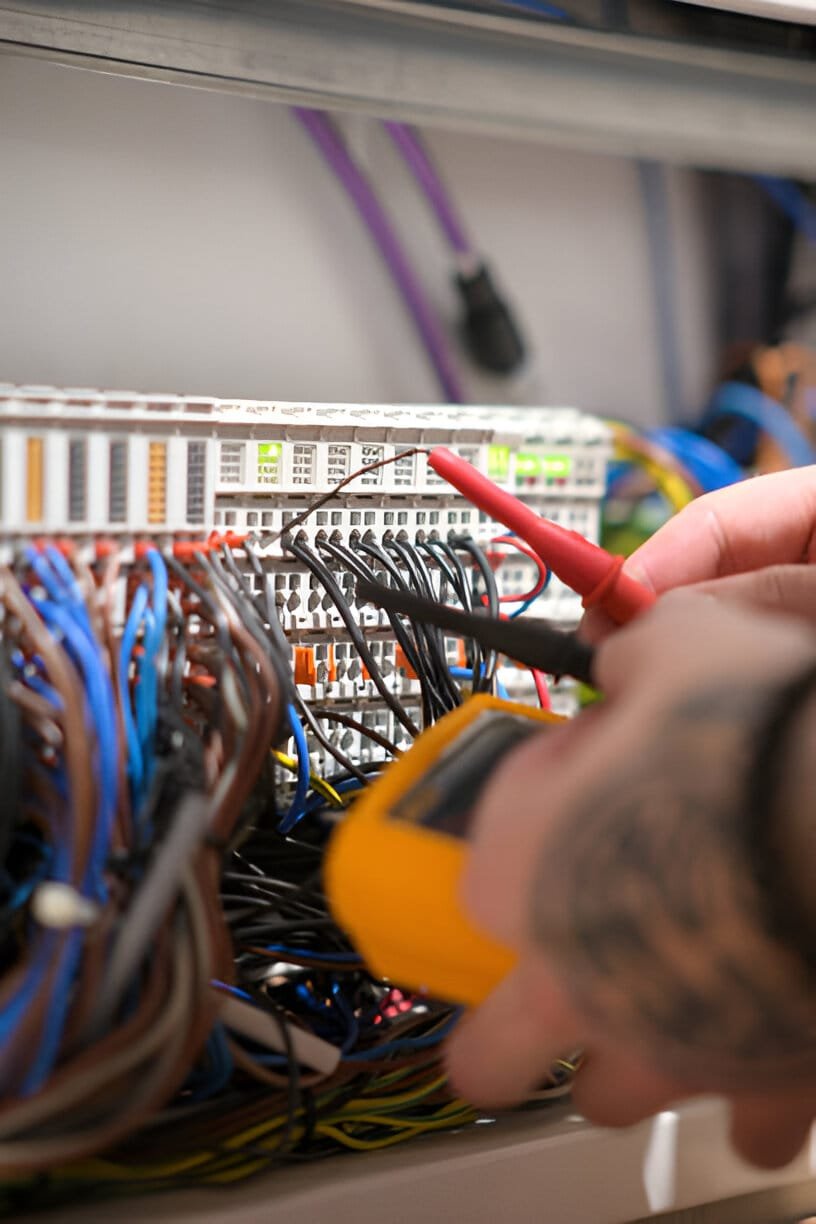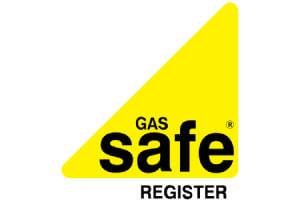Studio Bedroom £69.99 ◾ 1-3 Bedrooms £96.99 ◾ 4 Bedrooms £106.99 ◾ 5 Bedrooms £143.99 ◾ Studio Bedroom £69.99 ◾ 1-3 Bedrooms £96.99 ◾ 4 Bedrooms £106.99 ◾ 5 Bedrooms £143.99Studio Bedroom £69.99 ◾ 1-3 Bedrooms £96.99 ◾ 4 Bedrooms £106.99 ◾ 5 Bedrooms £143.99 ◾ Studio Bedroom £69.99 ◾ 1-3 Bedrooms £96.99 ◾ 4 Bedrooms £106.99 ◾ 5 Bedrooms £143.99

EICR (Electrical Installation Condition Report)
Start from £69.99
All inclusive (No hidden Cost)
EICR
You’ve probably heard about the Electrical Installation Condition Report (EICR), but have you considered how it directly impacts your safety and legal responsibilities? As a property owner or landlord, it’s essential you understand what an EICR entails and why it’s not just another bureaucratic formality. Regular assessments can uncover hidden electrical issues that might pose serious risks. Now, consider the implications of neglecting this crucial inspection—both for your property’s safety and your legal standing. What steps should you take next, and how can you ensure you’re fully compliant? Let’s explore the importance of staying ahead in maintaining electrical safety standards.


What is an EICR?
An Electrical Installation Condition Report (EICR) is a formal document produced by a qualified electrician or approved contractor after they’ve thoroughly assessed the electrical installations within a property. This assessment, integral to ensuring safety and compliance, involves a series of detailed checks to identify any deficiencies or deviations from the prevailing standards of the wiring regulations.
Understanding the EICR process is crucial for you. It begins with a visual inspection to assess the physical condition of installations, followed by a series of tests to verify the integrity and functionality of circuits and safety provisions. These tests include insulation resistance, earth fault loop impedance, and RCD (Residual Current Device) operation, among others.
When discussing the EICR frequency, it’s important to note that the intervals for testing vary depending on the type of property. For instance, tenanted properties require an EICR every five years, or upon change of occupancy, whereas commercial premises might need more frequent evaluations.
Among the key EICR benefits are the assurance of safety for occupants and the protection of property from potential electrical hazards. Moreover, this report can help preempt costly future repairs by identifying issues early.
However, there are EICR misconceptions that you should be wary of. Some people mistakenly believe that an EICR is optional or merely a superficial check. In reality, it’s a comprehensive safety assessment mandated by law in many scenarios, critical for maintaining electrical systems in optimal condition.
Always ensure you’re working with a certified professional to uphold the standards required for these evaluations.
Why Do You Need a EICR?
Every homeowner should consider obtaining a Residential Electrical Installation Condition Report (EICR) as it serves a pivotal role in ensuring the electrical safety and compliance of their property. This document is a detailed assessment conducted by a qualified electrician, who performs a systematic evaluation of the electrical installations within a residential property.
In essence, securing a Residential EICR is an indispensable tool for maintaining electrical safety, optimizing system performance, and ensuring compliance with evolving standards, thereby safeguarding your investment in your property.
Legal Requirements for Homeowners and Landlords
In addition to ensuring safety and compliance, homeowners and landlords are often legally obligated to obtain a Residential Electrical Installation Condition Report (EICR). This obligation stems from various regulations designed to ensure that all electrical installations in residential properties meet strict safety standards.
These requirements are particularly stringent when it comes to rental properties, where landlords must guarantee the safety of their tenants.
The EICR assesses the condition of a property’s electrical systems and installations to identify any deficiencies or deviations from the Wiring Regulations, which are set forth in the British Standard BS 7671.
Failure to comply with these standards and to maintain proper documentation can result in significant legal and financial repercussions.

The key legal requirements that necessitate an EICR include:
To fulfill these legal obligations, it is essential for property owners to engage a qualified and certified electrician to perform an EICR.
This ensures not only compliance with the law but also the safety and well-being of all occupants.
What Does a EICR Inspection Cover?
Understanding the recommended frequency of Residential Electrical Installation Condition Reports (EICR) lays the foundation for recognizing what these inspections entail. An EICR is a detailed assessment conducted by certified professionals to ensure the safety and compliance of electrical installations within residential properties. This inspection covers several crucial aspects designed to mitigate risks associated with faulty electrical systems.
Primarily, the EICR focuses on the integrity and safety of the existing electrical installations. Inspectors evaluate the condition of the wiring system and associated electrical components, seeking out any signs of wear, damage, or potential hazards. This intricate examination includes but is not limited to:
The inspector also evaluates the adequacy of the installation for the property’s current use, considering any changes that might have occurred since the last inspection.
This comprehensive approach ensures that all aspects of the electrical system are up to code and functioning safely, thereby protecting the residents from potential electrical hazards.

Common Electrical Issues Identified in an EICR
During a Residential Electrical Installation Condition Report (EICR), several common electrical issues frequently surface, each potentially detrimental to the safety and efficiency of the home’s electrical system. These issues, if not properly addressed, can lead to significant hazards such as electrical fires or shock.
One prevalent issue is outdated wiring, which may not comply with current electrical standards and can pose a severe risk of fire and electrocution. Another common finding is overloaded electrical circuits. This typically occurs when modern usage demands exceed the design capacity of older electrical systems, potentially leading to circuit breaker trips and overheating.
Faulty or inadequate earthing and bonding are also frequently identified. Proper earthing and bonding are critical for preventing electric shock. It ensures that in the event of a fault, electrical current will safely pass to the ground, triggering the circuit protection to disconnect the electricity.
Incorrect or deteriorated installations also pose significant risks. These can range from improperly installed outlets to outdated and unsafe circuit breakers that fail to trip in an emergency, risking both fire and electrocution. Regular inspections and maintenance are essential to identify these issues early and mitigate risks effectively.
EICR for Landlords: Ensuring Tenant Safety?
For landlords, the responsibility to ensure the safety of tenants is paramount, particularly when it concerns the electrical integrity of their rental properties. The Electrical Installation Condition Report (EICR) serves as a fundamental tool in this respect, providing a thorough assessment of the electrical systems to certify their safety and compliance with current regulations.
The EICR process involves detailed inspections and testing of the property’s electrical installations. This includes examining the condition of wiring, safety of the electrical connections, and the functionality of the residual current devices (RCDs). The outcome of these inspections results in the EICR, which identifies any defects or non-compliances that might pose potential risks.
Landlords must ensure that EICRs are conducted by qualified electricians who are registered with a competent person scheme, ensuring the reliability of the findings and recommendations. The frequency of these inspections varies based on the type of occupancy but generally needs to be performed at least every five years or at the change of tenancy.
Key considerations for landlords include:
EICR for Home Buyers: Checking Electrical Safety Before Purchase
When purchasing a home, it is crucial to assess the electrical safety of the property through a detailed Electrical Installation Condition Report (EICR). The EICR serves as a comprehensive diagnostic of the electrical systems within a residential property, evaluating the adequacy of earthing and bonding, the suitability of switchgear and controlgear, and the serviceability of sockets, light fittings and other fixtures. This report identifies potential electrical safety issues, such as outdated wiring or overloaded circuits, that could pose serious hazards.
Conducted by a qualified electrician with certified expertise in electrical inspections, the EICR involves rigorous testing of the electrical installations against the standards set forth in the BS 7671, the UK National Standard for electrical safety. The electrician will check for visible signs of wear and tear, as well as hidden problems that only professional testing can reveal. The inspection also entails scrutinizing the condition of the electrical panels, the functionality of residual-current devices (RCDs), and the integrity of insulation.
Home buyers must understand that the EICR not only highlights current issues but also provides recommendations for remedial actions that are essential for ensuring the property meets legal safety standards. The final EICR document includes a classification for each observation made during the inspection, indicating the level of urgency of any remedial action required.
Obtaining an EICR before completing a home purchase is a prudent step that ensures safety and compliance, protects against potential liabilities, and provides peace of mind knowing the electrical infrastructure of the new home is sound.
EICR for Home Sellers: Enhancing Property Value
While securing an Electrical Installation Condition Report (EICR) is a wise measure for home buyers, it is equally beneficial for home sellers aiming to enhance the marketability and value of their property. The EICR serves as a certified document, showcasing the safety and compliance of a property’s electrical systems to potential buyers. This can significantly influence the perceived value and desirability of a property in a competitive market.
The process of obtaining an EICR involves a thorough inspection by a qualified electrician who assesses the electrical installations against the UK standard for the safety of electrical installations, BS 7671. The detailed report not only identifies any deficiencies but also highlights areas that meet current regulatory standards, providing a transparent view of the electrical health of the property.
For home sellers, presenting an EICR can offer several tangible benefits:
We Are NICEIC Qualified Electrical Contractors and all our engineers are NICEIC Qualified with the minimum of 5 years of experience.
Understanding the EICR Report: Codes and Classifications
Delving into the specifics of an Electrical Installation Condition Report (EICR), it is crucial to understand the codes and classifications that determine the condition of the electrical systems within a property. These classifications are essential for assessing the safety and compliance of the installation with current electrical standards.
The EICR utilizes specific codes to indicate the urgency and nature of any issues found. The most critical code, C1, signifies ‘Danger Present’, indicating immediate risk to property and safety, requiring prompt action. The C2 code points to ‘Potentially Dangerous’ conditions, suggesting urgent remedial measures. C3, however, represents ‘Improvement Recommended’, where the situation is not immediately hazardous but could benefit from enhancement to meet optimal standards.
Moreover, FI, meaning ‘Further Investigation’, is used when the assessor cannot determine the extent of potential hazards during the initial inspection. This code necessitates a more detailed examination to be conducted without undue delay.
Understanding these codes is paramount for homeowners, landlords, and professionals in the real estate and building sectors. It ensures that any electrical deficiencies are appropriately prioritized and addressed based on their severity. The classifications help in creating a transparent understanding of the electrical system’s condition, guiding necessary interventions that assure safety and compliance.
For a comprehensive assessment, the EICR report also includes detailed observations and recommendations corresponding to each code. This structured approach not only highlights existing problems but also serves as a preventive measure, helping to avoid future safety issues and ensuring the electrical installation remains within regulatory guidelines and standards.
What Happens If Your EICR Fails?
A failed EICR indicates that your electrical installations do not meet the current safety standards, which can pose serious risks. This failure can stem from various factors, including outdated wiring, improper circuit protection, or hazardous conditions that could lead to fire or electrocution.
To ensure the safety and compliance of the electrical system, the following actions are typically required:

Identification of Defects
The EICR will detail specific defects and categorize them based on their severity. It is crucial to understand each item listed and its implications on safety.

Consultation with a Qualified Electrician
Engaging a certified electrician who can interpret the complexities of the EICR is essential. They provide authoritative guidance and are equipped to rectify critical faults.

Prioritization of Repairs
Based on the electrician’s assessment, repairs should be prioritized to address the most severe faults that pose immediate risks.

Documentation and Record Keeping
Maintaining a record of all findings and the corrective actions taken is vital for compliance and future inspections.
Addressing these issues promptly not only ensures compliance with electrical safety standards but also enhances the overall safety of the residents. lIt is imperative to not overlook or delay addressing any issues identified in a failed EICR, as the risks associated with electrical faults can be severe and life-threatening.
Electrical Safety Tips for Homeowners
Ensuring electrical safety in the home begins with a fundamental understanding of your electrical system and the potential risks associated with improper use and maintenance. Homeowners should be proactive in identifying and mitigating potential hazards to maintain a safe living environment. This requires not only vigilance but also a technical grasp of how electrical systems operate and how they can fail.
To uphold a high standard of electrical safety, consider the following critical strategies:
Routine Visual Inspections
Regularly examine your electrical outlets, switches, and other visible components for signs of wear or damage. Look for discolored switches or outlets, which could indicate overheating.
Proper Appliance Handling
Ensure that all appliances are installed according to the manufacturer’s instructions and local electrical codes. Avoid overloading circuits by plugging too many devices into one outlet.
Safe Use of Extension Cords
Use extension cords only as a temporary solution and never run them under carpets or over door thresholds where they can become worn and pose a fire risk.
Installation of Residual Current Devices (RCDs)
These devices are crucial as they instantly switch off the electrical circuit when they detect a fault, preventing electric shock and fire hazards.





















